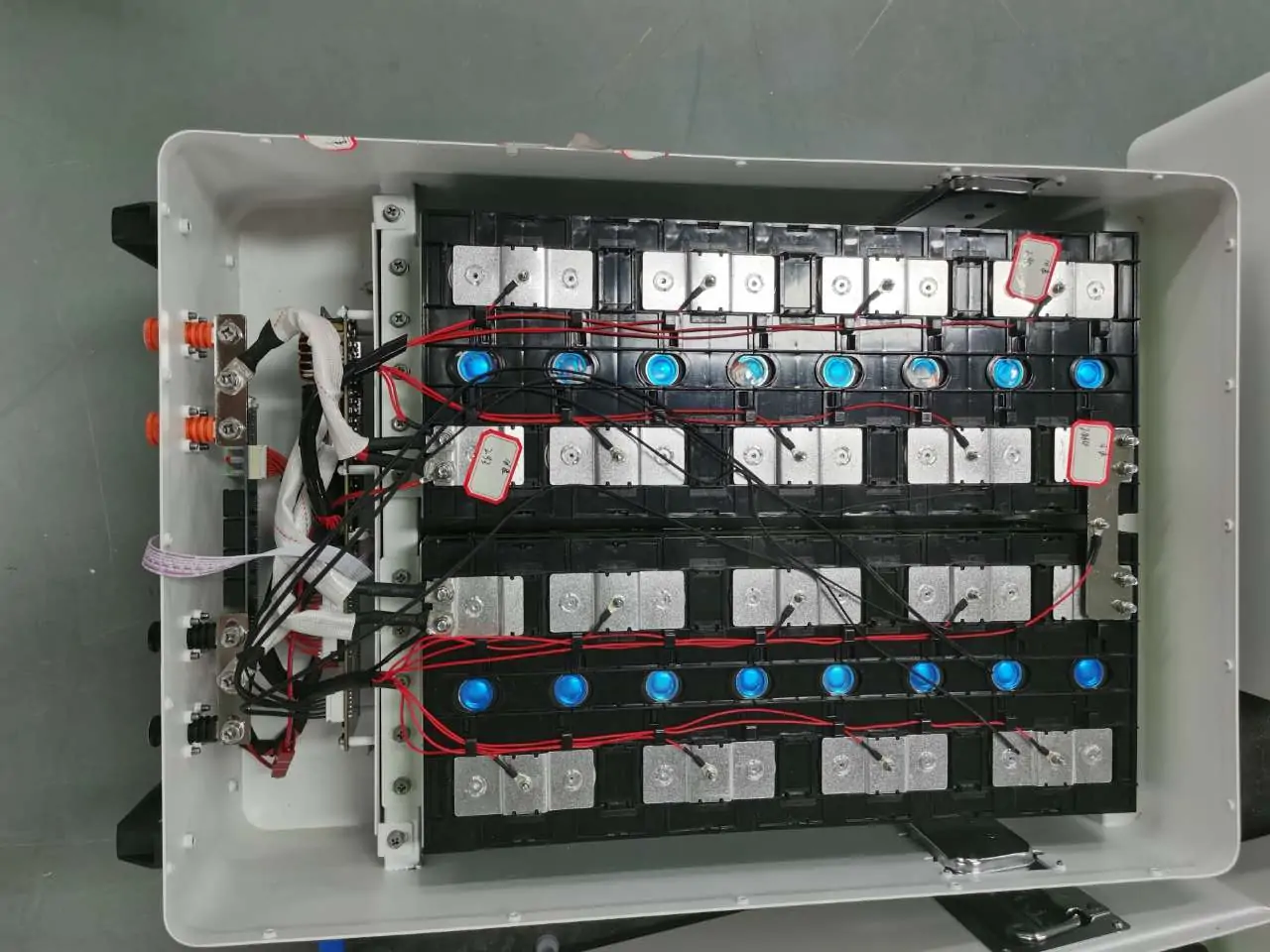 |
Welcome To Evlithium Best Store For Lithium Iron Phosphate (LiFePO4) Battery |
 |

Prismatic LiFePO4 cells are currently the preferred lithium batteries among DIY enthusiasts. With the increasing popularity of electric vehicles (EVs), these cells have gained recognition and are now employed in various applications. However, understanding these cells remains a challenge for many.
In comparison to cylindrical LiFePO4 cells, prismatic LiFePO4 cells have a shorter history, only gaining prominence in recent years. As the name suggests, they have a prismatic shape and encompass all the essential components found in LiFePO4 batteries, including electrolyte, LiFePO4 positive electrode, and carbon negative electrode. Through chemical reactions among these components, a steady stream of electricity is generated.
The internal structure of prismatic LiFePO4 cells consists of four main parts: positive electrode, negative electrode, electrolyte, and separator. The design adopts a laminated or wound configuration to optimize energy storage. The positive electrode utilizes an olivine-structured LiFePO4 material, while the negative electrode employs carbon. A polymer separator between the positive and negative electrode materials allows only lithium ions to pass through, with electrons passing through the external circuit to generate electricity.
Externally, prismatic LiFePO4 cells differ slightly from ordinary cells, but the overall design remains consistent. The cell is encased in an aluminum or stainless steel shell with two wiring ports for the positive and negative electrodes, marked as "+" and "-," respectively. An explosion-proof valve, or safety valve, is present between the external positive and negative electrodes to enhance safety. Additionally, the colored film wrapped around the cells serves as an insulating layer, preventing electric shock. Some manufacturers may use a battery case for added protection.
Accessories such as Busbars, connecting tools for assembling battery packs, as well as washers and nuts, play a crucial role in creating a complete battery pack.
Compared to cylindrical LiFePO4 cells, prismatic LiFePO4 cells seem more suitable for general consumers. They offer higher energy density, better resistance to overcharge and over-discharge, lighter weight, and a square shape that allows for efficient use of limited space. For DIY enthusiasts, the significant advantage lies in the large energy capacity of individual cells, reaching over 300Ah in some mainstream models, facilitating convenient and efficient DIY projects.
Furthermore, the ongoing research and development of prismatic batteries by almost every manufacturer highlight the potential for further advancements in this relatively short-lived technology. As prismatic batteries continue to evolve, they present a crucial advantage in terms of innovation.
In conclusion, Prismatic LiFePO4 cells are gaining widespread acceptance and are finding applications in various fields, including home energy storage, signal base stations, marine boats, RVs, and more. Recognized for their ample capacity and excellent performance, it is crucial to have a thorough understanding when utilizing prismatic LiFePO4 cells.
Edit by editor
All Rights reserved © 2025 Evlithium Limited